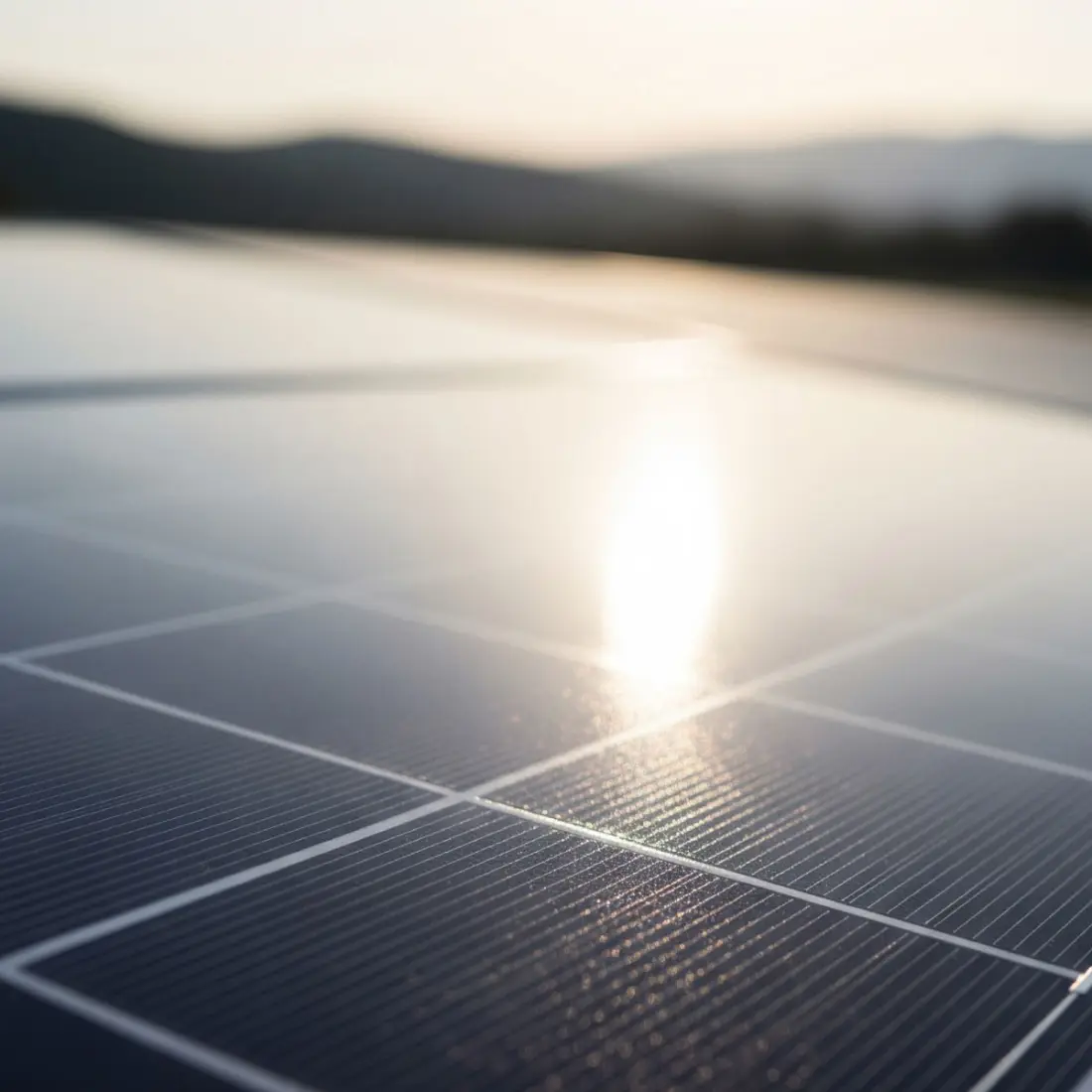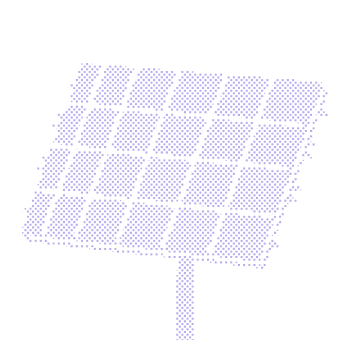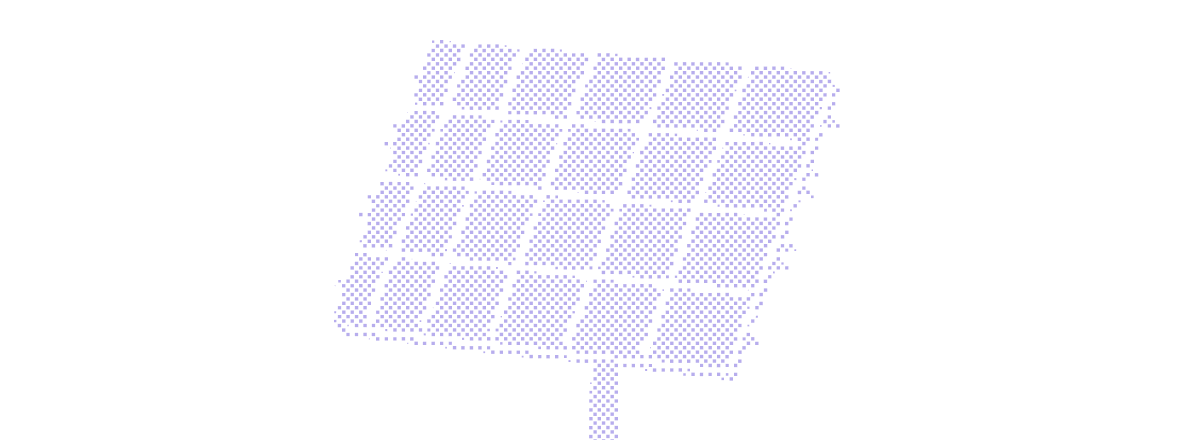Rethink solar layouts. Why east-west orientation is a smarter bet for modern PV design


In today’s rapidly evolving solar landscape, developers face growing constraints around land availability, interconnection limits, and shifting energy demand curves. Traditional south-facing designs — once the industry standard — are starting to show their limitations.
Forward-thinking developers are now embracing a smarter, more strategic alternative: east-west placement.
By orienting modules along an east-west axis, these layouts smooth energy production throughout the day, maximize land use, and better align with real-world consumption patterns. With the right design and simulation solutions, east-west systems don’t just compete — they outperform.
Why east-west orientation is gaining ground
While south-facing arrays deliver a strong midday peak, that performance comes at a cost: steep tilt angles, wide row spacing, and a generation profile that often clashes with grid constraints.
East-west systems shift the focus. By splitting array orientation between east- and west-facing modules, these designs:
• Generate power during morning and afternoon hours — not just noon.
• Increase module density thanks to lower tilt angles and reduced shading.
• Deliver flatter energy curves, reducing curtailment risk and improving grid stability.
• Support agrivoltaic applications by leaving open corridors and offering partial shade for crops.
• Offer a cost-effective alternative to complex tracker systems.
But to truly capitalize on these benefits, developers need solutions built for the unique demands of east-west design.
Smarter design with PVcase Ground Mount
PVcase Ground Mount is an AutoCad-based next-generation PV design solution that enables developers to design east-west systems with precision and flexibility. From initial layout to final bill of materials, PVcase Ground Mount simplifies the design process for even the most challenging sites.
Key features include:
• Flexible module orientation and tilt tailored to each site’s characteristics.
• Optimized row spacing for denser layouts without shading losses.
• Terrain-adaptive design, allowing layouts to follow natural contours.
• Precise mechanical configuration tools for frames, piling, and racking systems.
• Seamless integration of bifacial module parameters.
• Ground grading and shading analysis specifically tuned for east-west setups.
Whether it’s a land-constrained site in ERCOT or an agrivoltaic installation in Europe, PVcase Ground Mount ensures your design is buildable, efficient, and optimized for performance.
Predictable performance with PVcase Yield
Design is only half the story — investors and grid operators need confidence that your project will deliver as promised. PVcase Yield closes the gap between concept and reality with detailed performance simulations built for modern layouts like east-west systems.
PVcase Yield includes:
• Dual-orientation irradiance modeling for accurate east-west performance.
• Scenario comparison tools to weigh trade-offs between east-west, south-facing, and tracker designs.
• Advanced shading simulation for tightly spaced module rows.
• Bifacial gain modeling to optimize rear-side energy production.
• Queue-aware capacity iteration for fast, iterative layout testing with real-world constraints.
• Generation profile visualization that shows how your array will behave hour-by-hour.
With PVcase Yield, you don’t have to rely on assumptions — you can simulate real-world results and make decisions backed by data.
East-west in action
According to Héctor Lucas Forasté, Pre-Sales Engineer at PVcase, from small parcels near congested substations in Texas to interconnection-challenged projects in California, east-west orientation can help developers achieve significant results. For example:
• Increase capacity by 15% on constrained land.
• Smooth generation to match demand and reduce curtailment.
• Strengthen project viability with more consistent revenue expectations.
PVcase Ground Mount and PVcase Yield are the solutions that integrate and make such outcomes possible by turning complex sites into successful projects.
High-performance solar project development with PVcase (+ FREE E-BOOK)
Solar development is no longer just about maximizing midday yield — it’s about optimizing every square meter of land and every kilowatt-hour of output.
And with PVcase Ground Mount and PVcase Yield, you have the capabilities to do it right — from concept to construction.
Want to dive deeper? Our new e-book, "Rethink solar layouts: the east-west revolution powered by PVcase," explores everything you need to know about this powerful design strategy — including performance comparisons, use cases, and how to make east-west layouts financially and technically viable. Download the full e-book now to unlock smarter layouts, better yields, and a more resilient path to solar success.


Rethink solar layouts: the east-west revolution powered by PVcase
Reimagine the possibilities of solar project development with smarter land use, more predictable energy output, and stable grid integration.
